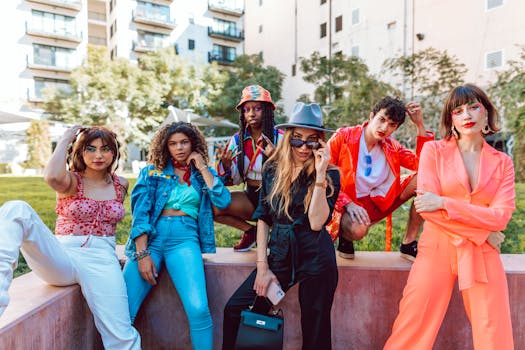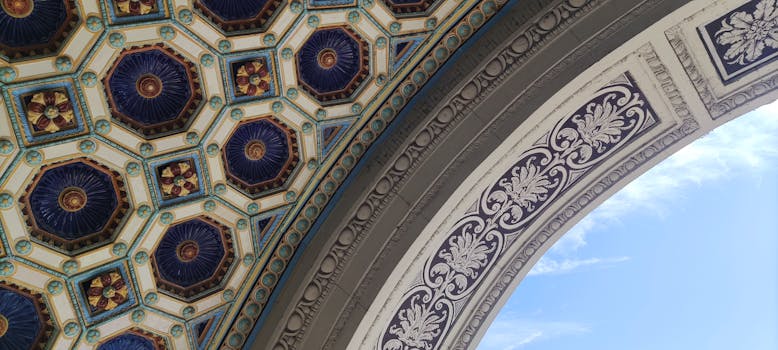Introduction

The intersection of African art and Western modernism marks a transformative period in art history. African artistic expressions, with their unique aesthetics and cultural implications, became vital in shaping modernist movements in the West. From the early 20th century onward, artists drew inspiration from African art forms, leading to new understandings of abstraction, representation, and cultural identity.
The Renegotiation of Form

One of the most notable influences of African art on Western modernism lies in the realm of form and structure. Traditional African art emphasized functional design integrated with spiritual and communal significance. European artists, feeling constrained by the traditions of Western realism, began to explore the fluid forms and simplified shapes found in African sculptures and masks.
Pablo Picasso’s encounter with tribal African masks profoundly affected his work and initiated the development of Cubism. This dissolution of traditional perspectives allowed for a fragmented but richly expressive representation of reality, which governed much of modern art. Similarly, artists like Henri Matisse also incorporated motifs and ideologies from African sources, particularly as they sought to explore color as a fundamental element rather than just a descriptive one.
Cultural Exchanges & Open Dialogues

The early 20th century saw an influx of African art into European galleries, igniting an openness to foreign influences. Key exhibitions and collections brought African sculptures—capable of conveying depth and spiritual embodiment—to a wider, predominantly Western audience. This exchange was not one-sided; it allowed for a mutual dialogue about meaning, context, and the role of art.
This cultural engagement redefined the capacity of art—inviting Western viewers to reconsider their assumptions about art’s role in society. Artists such as Jean (Hans) Arp and later, Surrealists like André Breton, infused their work with African symbolic meanings, reflecting on unconscious aspects pivotal to the burgeoning Surrealist movement.
Critical Influence on Major Art Movements

As African art broke from purely utilitarian or decorativefunctions and entered the dialogue of high art, it played an integral role in several movements beyond Cubism and Surrealism. The abstraction in Modernism began to borrow styles, shapes, motifs, and arranging principles from African sculpture and weaving. Artists like Georgia O’Keeffe and Alexander Calder relied more on geometric patterns found in textiles and carvings, allowing these elements to express modernism’s core themes of identity and perception vibrantly.
The Harlem Renaissance also saw the reflection of African heritage. Artists, poets, and musicians sought to assert a unified identity while drawing credibility from both ancestral and contemporary African sources. This exploration of black identity influenced American modernism directly, bringing deeper exploration of topics such as racism, memory, and cultural belonging.
The Lasting Legacy and the Future

Today, the impact of African art on Western modernism is both celebrated and analyzed within broader discussions about affiliation, authenticity, and appropriation. Institutions now strive to recognize and respect the cultural significance of these artworks in their rightful contexts while exploring how they shaped major artistic methodologies and ideologies.
The engagement with African art opens debates on post-colonial criticism, empowering voices both on continental and diasporic narratives. Future art movements will continue to evolve within this rich history of cross-cultural inspiration. Just as past artists transformed rigid perspectives via African influence, today’s artists search for ways to dialogue with and honor their inspirations while building upon those foundations in thoughtful manners.

